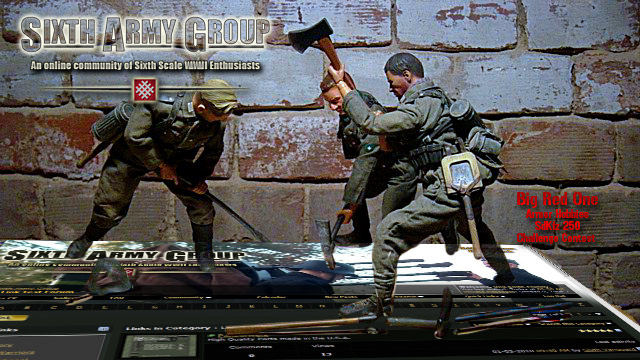SteveKrieg
Company Commander
G'day all...
With the SAS Jeeps and Tiger done and dusted, it's time to plan for next year and first cab off the rank is a complete German infantry mortar platoon circa Normandy 1944 where the Germans - considered masters of mortar fire - incurred an extraordinary 75% of casualties upon Allied ground units.
The Germans were able to direct their fire at a moments notice and the slow flight of the 8mm shells made them almost inaudible until they hit which meant than any Allied unit caught by such fire often got next to no warning until it was too late.
The 81mm mortar was the most common in-use by the German army during the war and an infantry mortar platoon consisted of six tubes. So the plan is to repaint the six mortars and assign crews to each alongside a platoon HQ and several Kettenkrads in the background that were used to transport the mortars and their ammo. Such is the dream. Enjoy, Steve
With the SAS Jeeps and Tiger done and dusted, it's time to plan for next year and first cab off the rank is a complete German infantry mortar platoon circa Normandy 1944 where the Germans - considered masters of mortar fire - incurred an extraordinary 75% of casualties upon Allied ground units.
The Germans were able to direct their fire at a moments notice and the slow flight of the 8mm shells made them almost inaudible until they hit which meant than any Allied unit caught by such fire often got next to no warning until it was too late.
The 81mm mortar was the most common in-use by the German army during the war and an infantry mortar platoon consisted of six tubes. So the plan is to repaint the six mortars and assign crews to each alongside a platoon HQ and several Kettenkrads in the background that were used to transport the mortars and their ammo. Such is the dream. Enjoy, Steve














